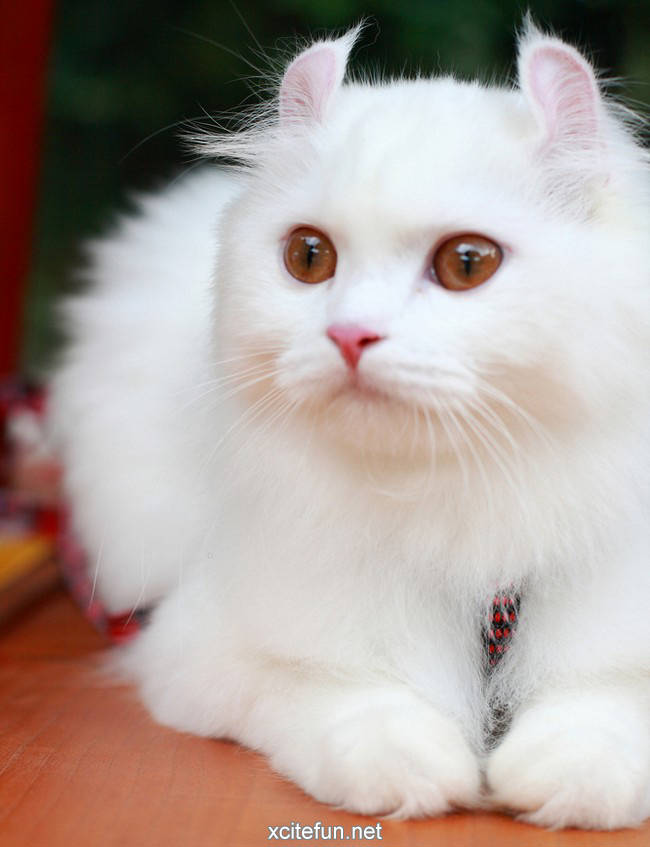
Choosing the best cat litter for your feline good friend can be a daunting task given the myriad of options readily available on the marketplace. This detailed guide will look into the different types of cat litter, their benefits, disadvantages, and everything in between to help you make a notified decision.
The material of the cat litter plays a crucial function in its effectiveness. Common products consist of clay, silica gel, recycled paper, wood, corn, wheat, and walnut shells. Each material uses unique advantages and possible downsides.
Clay-based litters are the most conventional and widely utilized due to their high absorbency and clumping abilities, that make clean-up easier. Nevertheless, they can be dusty and may not be the finest choice for cats or human beings with breathing concerns. Silica gel crystals are highly absorbent, control odors successfully, and are low maintenance since they do not need to be changed as frequently. However, they can be more costly and some cats may not like the texture. Eco-friendly litters, made from recycled paper, wood, corn, wheat, and walnut shells, are environmentally friendly options. They are usually dust-free and helpful for cats with allergic reactions, but their smell control and clumping capabilities differ widely.
The option between clumping and non-clumping litter is considerable. Clumping litter forms strong masses when wet, making it easy to dig urine and feces, hence preserving a clean litter box. Non-clumping litter soaks up moisture however does not form clumps, which may result in more frequent modifications of the whole litter box.
Smell control is a top priority for many feline owners. Litters are frequently instilled with baking soda or charcoal to neutralize smells. Maintaining a fresh litter box likewise needs regular scooping, preferably twice a day, and following cat litter tray the producer's standards for changing the litter and cleaning up the box.
The health of your feline and the environmental effect of the litter are likewise important elements. Dust-free or low-dust options are better for breathing health. Biodegradable litters provide an eco-friendly option to clay, which is strip-mined and not renewable. In addition, it's crucial to be knowledgeable about any allergic reactions your cat may need to particular materials.
Cost is a necessary consideration, as the cost of cat litter can differ substantially. While silica gel and some biodegradable cat litter box self cleaning litters may be more pricey upfront, their longevity can provide cost savings in the long run. Conversely, clay litter is frequently less expensive however needs more frequent replacement.
Ultimately, the best cat litter is one that matches both your and your feline's choices and needs. It may take some experimentation to discover the best match. Take notice of your cat's cat litter box behavior and convenience, along with the litter's efficiency in regards to odor control, absorbency, and maintenance.
Choosing the right cat litter contributes substantially to your feline's health, joy, and the cleanliness of your home. By considering the material, clumping ability, odor control, health impacts, environmental impacts, and expense, you can make an educated choice that benefits both you and your furry buddy. Keep in mind, what works finest for one feline might not match another, so be ready to experiment until you find the ideal solution.